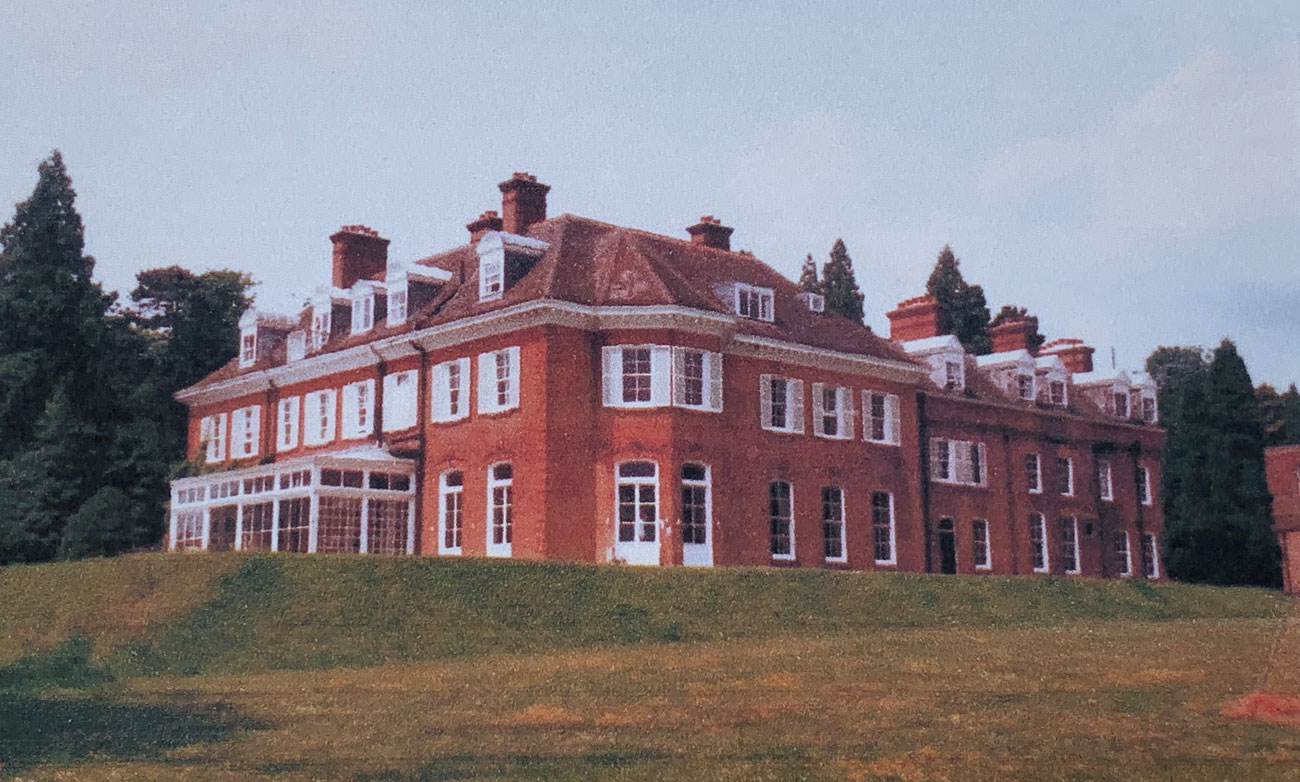
Nanhurst about 1990 (courtesy of Pam Leeke)
Nanhurst is the large, red-brick mansion next to the public rubbish dump at the far end of Elmbridge Road. Built in 1891, it was a very substantial house, with fifteen principal bedrooms and dressing rooms, and twelve servants’ bedrooms, its own electric light, stabling for eight horses, an entrance lodge, a coachman’s house and twenty acres of pleasure grounds and parkland.
It was built for a notable mechanical engineer from Bradford who invented a particular type of steam hammer. He had been Mayor of Leeds and an MP. In 1892 he was created Sir Edward Hamer Carbutt, 1st baronet, of Nanhurst, in the county of Surrey.
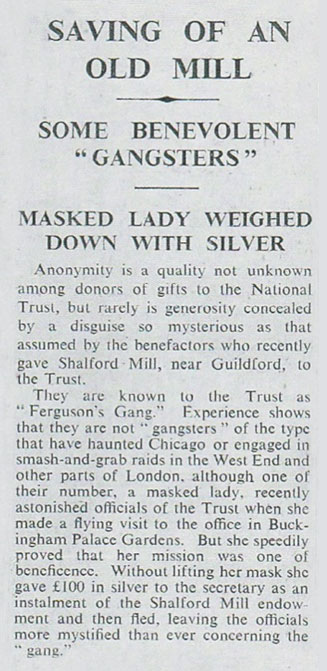
Report in The Times on Ferguson’s Gang, 1933
The next owner was John Steuart Gladstone, a great-nephew of the Victorian prime minister, William Gladstone. He had been involved in trade with India, and was able to retire before he was 48. His daughter, Peggy Gladstone, was brilliant and colourful. As a girl, she taught herself Sanscrit, then went to Cambridge and took a double first in Oriental Languages – the first woman to do this. She was the prime mover in ‘Ferguson’s Gang’, a high-spirited group of wealthy young people who made anonymous gifts to the National Trust in flamboyant ways.
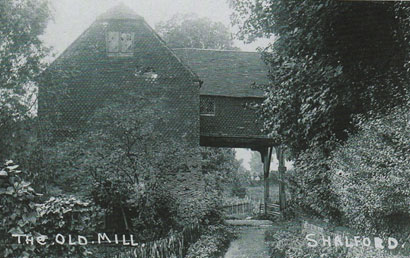
Shalford Mill (1931), bought for the National Trust by Ferguson’s Gang
Their first purchase was of Shalford Mill. On another occasion, they delivered £200 in notes inside a menthol and eucalyptus pastille box, marked ‘Highly perishable, deliver at once’. This was for a stretch of Cornish coast.
By the 1930s, Nanhurst had become impractical as a family home. From then on it was used by institutions. First, a private boarding school for girls moved here from Brondesbury, in Willesden, London. It was known as Brondesbury-at-Nanhurst School. Cranleigh’s Official Guidebook called it ‘a high-class girls’ school’.
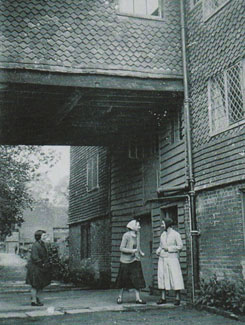
Peggy Gladstone, alias Bill Stickers (centre), at Shalford Mill
There are still people in Cranleigh who remember Nanhurst in its next phase, as a residential London County Council nursery for babies and small children in the 1940s and 1950s. About 50 babies or young children whose parents had died, or deserted them, or were in prison, were cared for here. They were divided into four groups – yellow, green, brown and blue – and each group occupied one of the large ground-floor rooms. Dormitories were on the middle floor and the staff had rooms at the top. Most members of staff were qualified nursery nurses. Each nurse was assigned three children as ‘special’, to whom they gave presents at birthdays and Christmas.
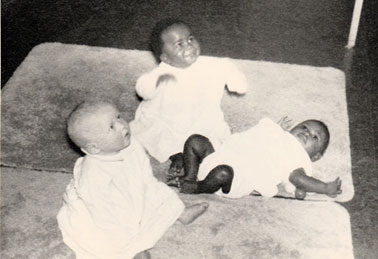
‘A small Londoner who needs your sympathy’ (courtesy of Cherry Copus)
A touching appeal from the LCC Children’s Department was printed in the Parish Magazine in 1951, asking for Cranleigh people ‘to offer a home as “Mum and Dad”, or a holiday home as “Auntie and Uncle”, to a small Londoner who needs your sympathy’.
When the LCC was broken up, Nanhurst came under the borough of Kensington and Chelsea, who used it as a home for adolescents, most of whom went to Glebelands for schooling. The borough then set up a small special unit within Nanhurst for children with severe behavioural problems, of various ages and races, some with little English language, and all excluded from mainstream schools.

LCC Babies’ Home in the 1950s (courtesy of Cherry Copus)
This grew to thirteen children, with only one teacher and an assistant, offering an alternative view of life and respite in the countryside. It was a challenging task. At first, some of them stole from Cranleigh shops and caused mayhem at the swimming pool and riding centre. However, they loved being at Nanhurst, and did not attempt to abscond!
Some of them ended up with jobs and kept in touch for years. Eventually, the borough found the house too expensive to run, and moved the unit elsewhere in 1982.
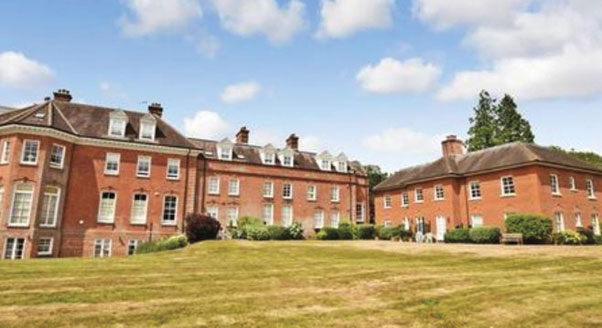
Rear view of Nanhurst Park, 2019 (Cubitt & West): the new building on the right is called Gladstone House
Finally, Nanhurst became a private school for children who were physically, emotionally or mentally handicapped. The principal, Dr Audrey Wisbey, was a trained psychiatrist, who had written a book on the role of music in special education and in detecting childhood hearing problems. About 40 children boarded here. The administration was compassionate but somewhat chaotic. There was no regular timetable, and Dr Wisbey used the royalties from her book to take the children and staff on a world tour. Some children benefited from the education, but eventually the school’s financial backers lost confidence in the principal, and it came to a distressing end.
Since the turn of the century, the house has become luxury apartments called Nanhurst Park. The occupants can reflect on the very varied people who have lived here before them.
The Cranleigh History Society will resume its monthly meetings as soon the current restrictions are lifted.












I went to Nanshurst as a private pupil in about 1949 to 50 for a year. We were in one downstairs room. They trained nursery nurses and we had a new teacher in the summer term. I did mornings.
I lived on Elmbridge Road and, as a teenager, I volunteered at Nanhurst in the early 50’s. I would help the staff at meal times, bathing and play time. Sometimes I would take a couple of toddlers to my house for tea. My Dad would pick them up in his car and take them back afterwards. I have fond memories of Nanhurst.
My grandfather spent time there toward the end of the war,making smoke screens for special significant missions over Germany by the Airforce one of these missions was said to have been key to ending the war.He lived in London at theach time,and he told me at one time they worked day and night for weeks to make enough for this special mission.
My mother Winfred Ethyl Holes from Middlesbrough worked at Nanhurst circa 1939/41 and married my Dad Frank Riddle 2910_2011 of Elmbridge Road and Cranleigh Cricket Club. Frank Riddle Jnr.
I believe my grandfather owned Nanhurst in the 30s.
He was Lt. Col. Rawdon Scott-Hopkins.
I believe my grandfather Lt. Col. Rawdon Scott-Hopkins owned Nanhurst in the 30s.
I lived in Nanhurst from 1968-1973 as a young baby from London. I was eventually adopted and left the home. I have a few happy memories and some pictures